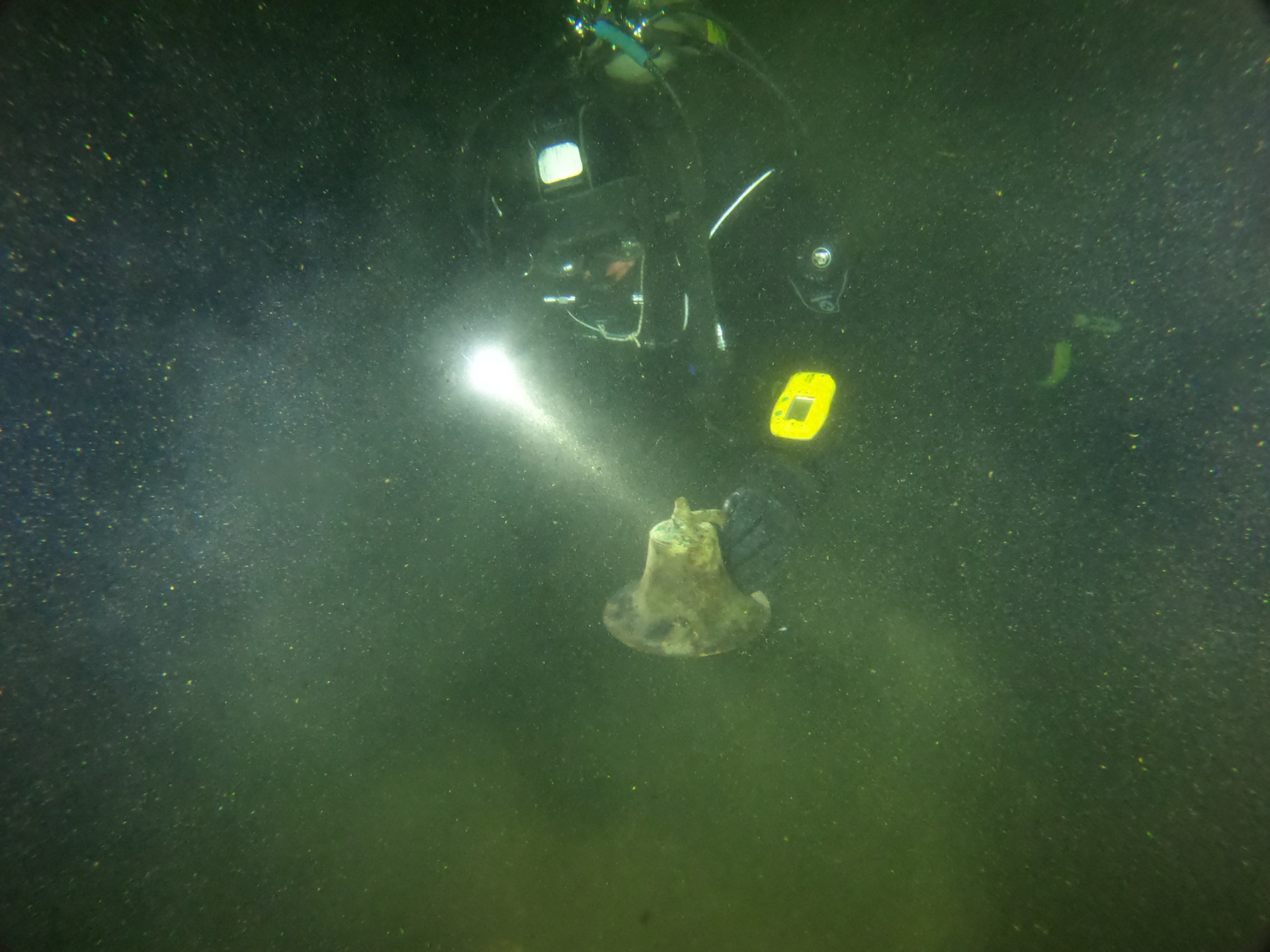By Katy Thostenson
“Statistics is the science of learning from data, and of measuring, controlling, and communicating uncertainty; and it thereby provides the navigation essential for controlling the course of scientific and societal advances.” – American Statistical Association
Kate Ballard is a data scientist. While pursuing her B.S. in Statistics at the University of Wisconsin-Madison, Ballard was awarded the 2011 Carl J. Weston Memorial Scholarship. As a Sea Grant student, she worked with David Hart (assistant director for extension) to develop interactive lesson planson waves and water safety using Great Lakes Observing System data. After graduating, she earned her M.S. in Statistics from the University of Kentucky. Then eight months ago, she landed a job as a statistician at the National Aeronautics and Space Administration (NASA) Langley Research Center in Virginia.
Ballard remembers her discovery of a career in statistics, during her high school Advanced Placement (AP) Statistics class. “I thought at the time, ‘I want to be a statistician that solves crime.’ I liked that television show Numb3rs. I was thinking, ‘Use statistics. Use it for good.’”
Now she is a behind-the-scenes number cruncher, one of NASA’s jack-of-all-trades. As a statistician, she can work on NASA projects that span a variety of fields, from engineering to aviation to earth science. Statistics, she says, is an opportunity-rich career path for those who want to explore and understand diverse fields.
Case in point, Ballard is currently working on an aviation safety project and an earth sciences project. The first project uses descriptive statistics on simulated airplane and runway data to analyze Conflict Detection and Resolution (CD&R) technology. The technology detects potential airplane collision conflicts on runways and resolves them. Her work will continue to improve upon commercial air transportation safety in the United States. Ballard’s second project addresses Earth’s atmosphere; she is crunching numbers on a Far-Infrared Spectroscopy of the Troposphere (FIRST) instrument that measures the Earth’s climate.
When people think of NASA, they likely conjure up popular images of Mars, meteors and moon landings. Even working in the midst of flashier projects, Ballard stays true to her original goal to use statistics for good in any way that’s needed. “There are a lot of high profile projects [at NASA], like going to Mars and asteroids…projects like that are cool. But I’d be happy to work on ones that are not as high profile but still affect people every day.”





